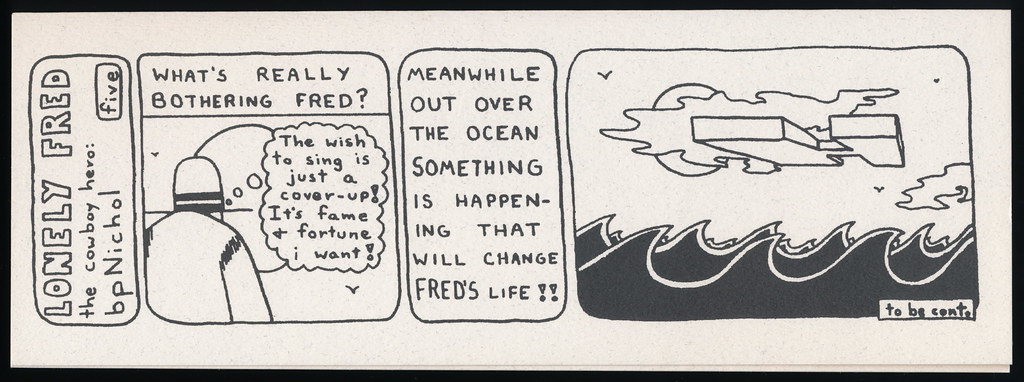
Experimental Writing
What is reality?
How is agreed upon?
—cf. superstition, miracles, quantum physics, etc.
How do we represent it?
Experimental vs. the conventional ways of representing reality and its structures and hierarchies?
What is “fiction”?
How does it work?
What is “reading”?
How is “data” different than fiction?
What if you concentrate on only one element: form, lexicon, etc.
How you can interrogate a text to examine its (and our) assumptions about something?
How can it show how we think? feel? what consciousness is like?
What a single moment is like? A single human?
How meaning works, how language works?
How does fiction organize experience? reality? the human and non-human?
Whose reality? And how did this fiction get to us?
Who made it? How?
Who else is included or excluded from it?
What happens when you throw a spanner in the works?
How can it show how we think? feel? what consciousness is like?
What a single moment is like? A single human?
How meaning works, how language works?
How does fiction organize experience? reality? the human and non-human?
Whose reality? And how did this fiction get to us?
Who made it? How?
Who else is included or excluded from it?
What happens when you throw a spanner in the works?
How can highlighting one element reveal something significant?
What happens when things don't work the "normal way" in fiction"?
What's revealed?
What happens when things don't work the "normal way" in fiction"?
What's revealed?
Andy Warhol: 24 hours of recorded speech
Kenny Goldsmith: everything he did for 24 hours.
Erasure:
Beaulieu: sounds of NY, but also who did the work?
https://www.jean-boite.fr/product/a-a-novel-by-derek-beaulieu
Beaulieu: sounds of NY, but also who did the work?
https://www.jean-boite.fr/product/a-a-novel-by-derek-beaulieu
Heart of Darkness: erasing everything but the landscape.
Procedure—Animal Farm in Pig Latin.
https://issuu.com/ourteeth/docs/animalway_armfay/6
Moby Dick in emojis
Extremes: entire book in 1 second.
Activities.
enter text.
Translations
-translate into several very different languages and then back to English.
Find and replace— with Word processor
-take text. replace all adjectives with “blue” (or another adjective)
all nouns with “owl” (or another adjective.)
Constraint: lipograms
one syllable words only. Or Christian Bök: Eunoia words
recording of Christian: https://www.youtube.com/watch?v=fUNwHmQc9yk
Writing is inhibiting. Sighing, I sit, scribbling in ink
this pidgin script. I sing with nihilistic witticism,
disciplining signs with trifling gimmicks — impish
hijinks which highlight stick sigils. Isn’t it glib?
Isn’t it chic? I fit childish insights within rigid limits,
writing shtick which might instill priggish misgiv-
ings in critics blind with hindsight. I dismiss nit-
picking criticism which flirts with philistinism. I
bitch; I kibitz — griping whilst criticizing dimwits,
sniping whilst indicting nitwits, dismissing simplis-
tic thinking, in which philippic wit is still illicit.
Pilgrims, digging in shifts, dig till midnight in mining
pits, chipping flint with picks, drilling schist with drills,
striking it rich mining zinc. Irish firms, hiring micks
whilst firing Brits, bring in smiths with mining skills:
kilnwrights grilling brick in brickkilns, millwrights
grinding grist in gristmills. Irish tinsmiths, fiddling
with widgits, fix this rig, driving its drills which spin
whirring drillbits. I pitch in, fixing things. I rig this
winch with its wiring; I fit this drill with its piping. I
dig this ditch, filling bins with dirt, piling it high, sift-
ing it, till I find bright prisms twinkling with glitz.
*
Time Moving Backwards
Time Moving Backwards
No comments:
Post a Comment